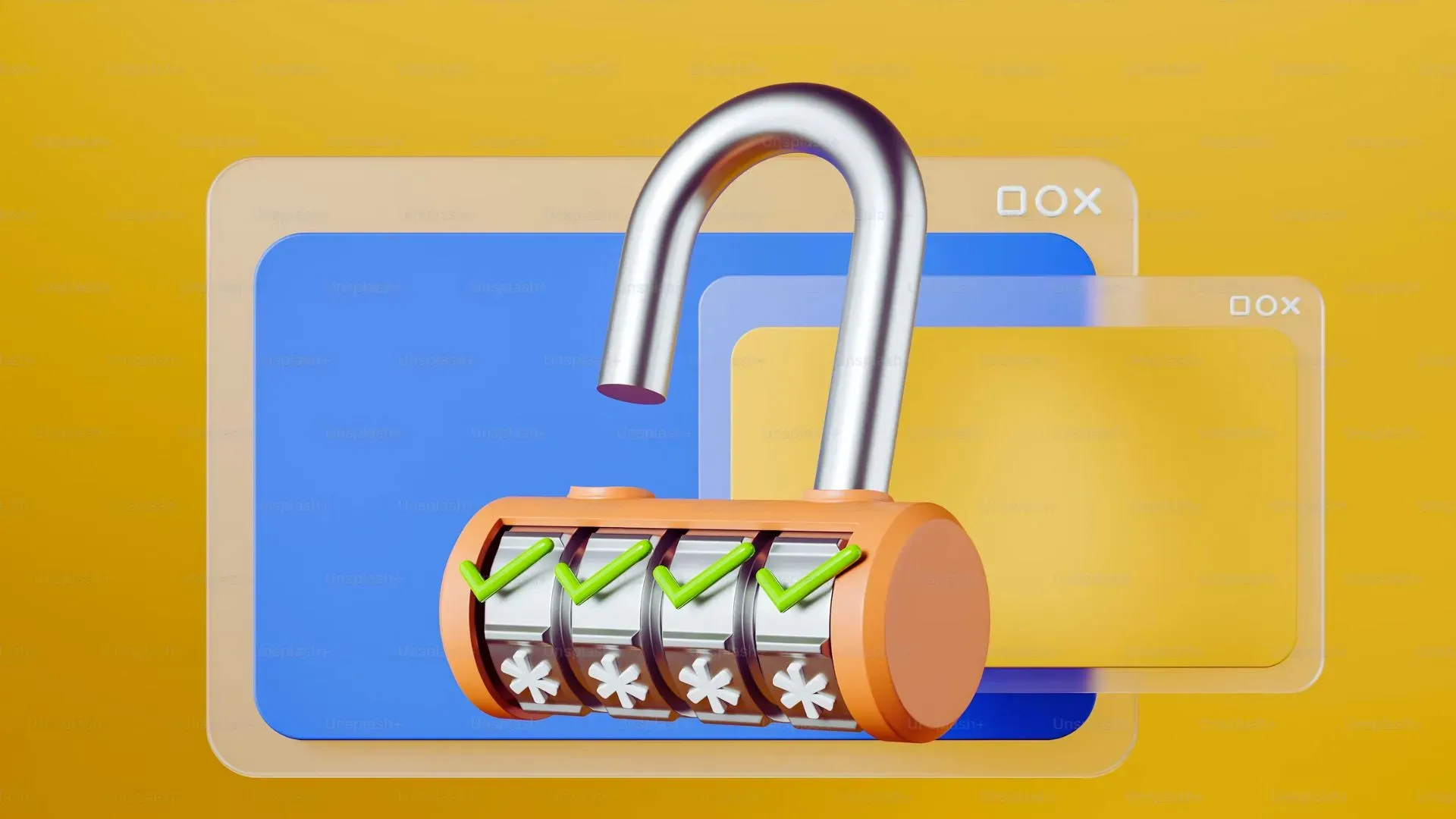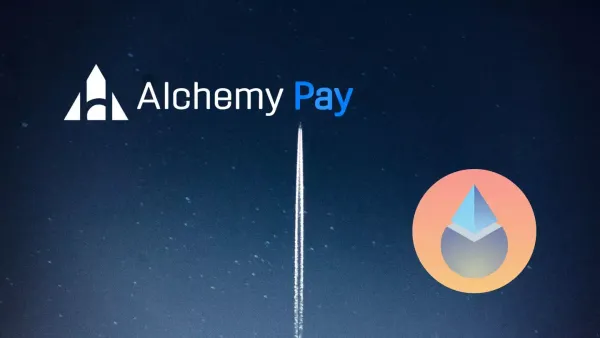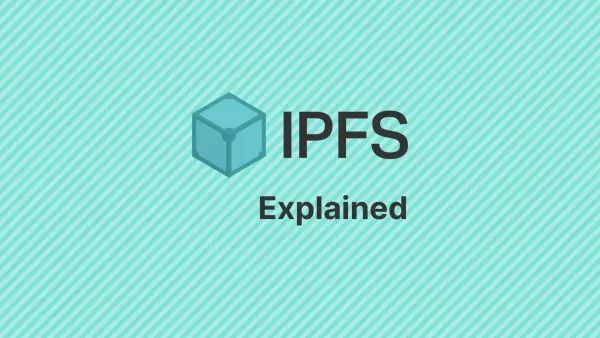Web3 has been defined as read/write/own, and it has the ability to change the nature of the internet by giving consumers ownership over their data. A key component of Web3 is optimizing data privacy and security. Web3 makes use of blockchain technology to offer people ownership over their data. Peer-to-peer networking allows users to have transparency over their identities and data records.
We can learn about the actual benefits that decentralized technology brings when it comes to data protection and digital rights by looking at the flaws of the current web2 and comparing them with the improved privacy and security models of an upcoming Web3.
Privacy And Security In Web3
Web3 seeks to bring transparency, responsibility, and user alignment back to the Internet's architecture by moving power away from centralized servers and toward decentralized networks that are jointly maintained by peers.
By giving people ownership and control over their data, Web3 preserves privacy. It makes use of encryption and blockchain technologies to allow for private and secure online communications.
Here are some vital points as to how privacy and security are preserved in Web3:
1. User-Managed Identity
With the use of private keys and zero knowledge proofs, self-sovereign identification gives people back control over what personal information is disclosed and with whom.
2. Specific Disclosure
Rather than disclosing whole profiles, data might be segmented such that only relevant details are published as verified statements.
3. Enhanced Security Incentives
Unlike enclosed landscapes protected by network effects, projects rely more directly on community approval and adoption, which disincentivizes defects and intrusions.
While Web3 design avoids many of the structural challenges caused by web2 centralization, it does not entirely solve all privacy and security issues.
Privacy Preservation Using Encrypted Data Ownership
The process of transforming data into code to stop unwanted access is known as data encryption. There are two significant examples of encrypted self-sovereign data ownership that appear on Web3:
1. Encrypted Data Vaults
Users can maintain permanent decentralized personal data libraries that are sharded and encrypted using their keys using services like Bluzelle and Arweave. Users are still in charge of sharing and making money off of this data, which persists without the assistance of any business.
2. Zero Knowledge Proofs
ZKP algorithms provide validity-only verification of claims, such as identity, credentials, and service eligibility, without disclosing any personal information. This enables users to reveal only the information that is necessary for a transaction.
With the use of zero knowledge proofs and encrypted data vaults, Web3 can meet required authentication and identification standards while maintaining user control and privacy. People start to decide for themselves how much data they share.
Anonymity With Zero Knowledge Proof
Online security technologies known as zero knowledge proofs allow information to be verified without disclosing the information itself. Zero knowledge proofs, or ZKPs, allow claims to be validated without disclosing any personal information:
Zero knowledge proof works by proving to verifiers using mathematics that they have a certain piece of information without giving it away. ZKPs make it possible to verify credentials, age, and minimum account balance anonymously to use services.
For ZKP applications to be effective at global sizes, they must reduce prover computation and verification expenses. Some of the prominent Web3 initiatives striving for zero knowledge proof innovation to increase privacy include Polygon, Aztec, and Zcash.
The ultimate goal of Web3 data safety, zero knowledge proofs are revolutionary because they enable use cases such as verified, fully private applications for anonymous credentials.
Micropayments To Preserve Privacy In Web3
Micropayments provide an alternate option that can sustain high-quality content without limiting consumers to a single, long-term subscription. The idea behind micropayments is that each time you see information, you pay a small fee.
Rather than paying for a broad range of services, users pay just for the services they use. This eliminates advertisements and reduces data tracking and profiling. Instead of getting paid via platform advertising, creators are paid directly by users who participate.
Stablecoin-based pricing, malware defenses, and simplified wallet connectivity will be necessary for the users to feel comfortable using Web3 microtransactions. Startups like Mysten Labs and Bitping are a few examples that are integrating Web3 micropayment systems into social networks, gaming, and content production.
Since micropayments compensate artists directly for producing high-quality experiences, they provide a desirable alternative to centralized platform advertising strategies and consumer tracking.
Privacy Risks In Web3
While Web3 improves privacy and security, there are still certain security problems to be aware of. The possibility of hacking and crimes on decentralized apps (dApps) is one issue. Users must utilize secure platforms and wallets and adopt the right safety measures.
Web3 increases privacy and security in the following ways:
1. Data Security
A developed network architecture that includes data storage, and interfaces by definition increases the window for potential security breaches. Blockchain transactions might potentially expose data to a wider range of risks, even as decentralization of data and services decreases the possibility of censorship and single points of attack.
2. Anonymity
Web3 features such as user-controlled wallets, ID portability, and data reduction reduce some of Web2's data confidentiality and privacy problems by giving users more agency and control over their data. However, there are drawbacks to anonymity, and self-sovereign identification (SSI). Public blockchains foster trust by making transaction records accessible to all parties, but this transparency comes with compromises in terms of privacy and security.
3. Social Risks
Most early Web3 apps and digital communities have integrated microeconomies, currencies, and other financial assets. They result in fresh incentives and disincentives that change how risk is assessed. Services and data are frequently misused in traditional settings without any noticeable or quick financial gain. Significant value is frequently embedded directly in the blockchain in blockchain applications.
Web3 has improved privacy features, however total privacy is not guaranteed. Users still need to take the appropriate precautions to secure their data and remain cautious while sharing information online.
Conclusion
Web3 offers revolutionary architectural solutions that give back control to users over their data, identities, assets, and networks. Even if there is still a long way to go until defined web2 frameworks are overcome, the value of privacy and security is quite strong.
Compared to centralized data storage service providers, which store data in one place, this technology offers a greater level of protection. Web3 application developers should be careful in safeguarding user privacy as the Web3 ecosystem is vulnerable to cyberattacks.
Web3 has the potential to completely transform data management and guarantee that each person has ownership over their personal information.










